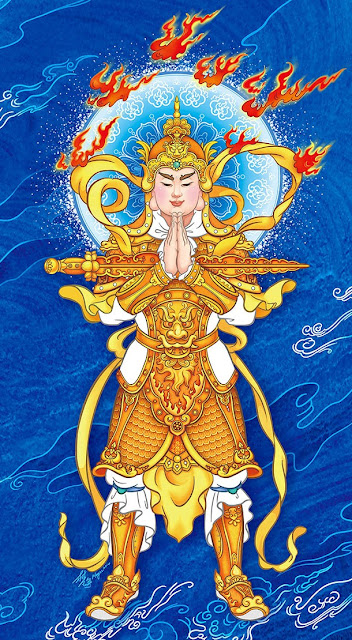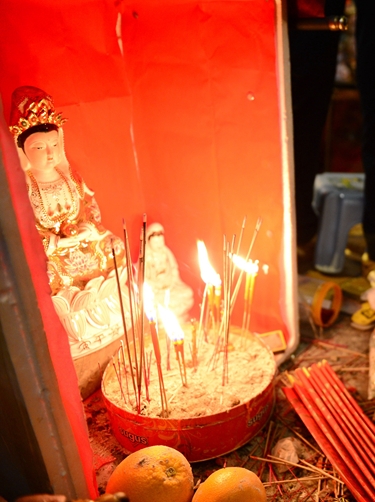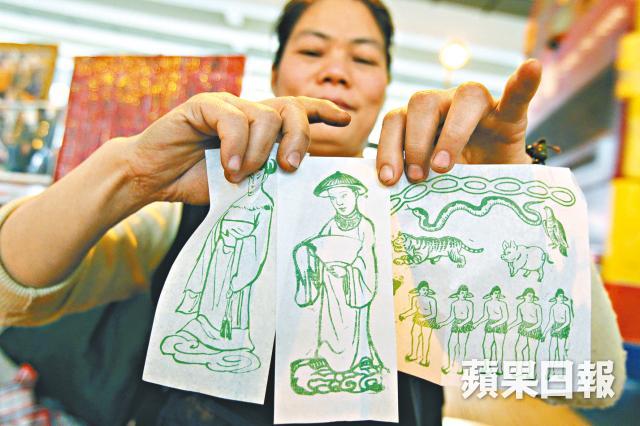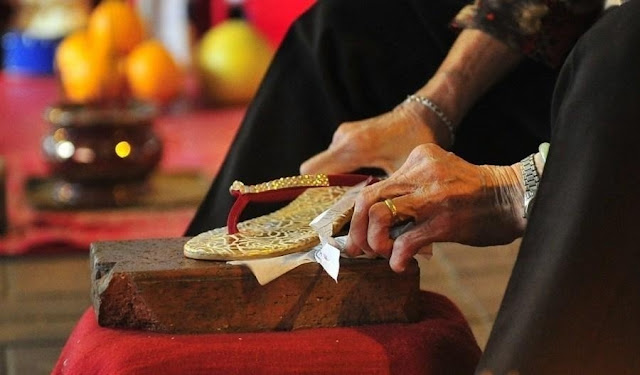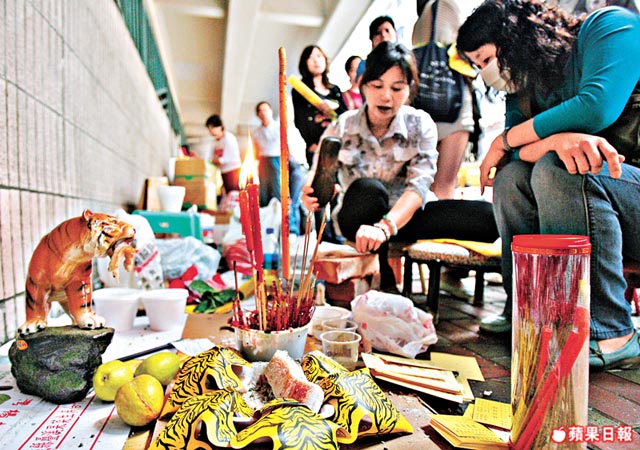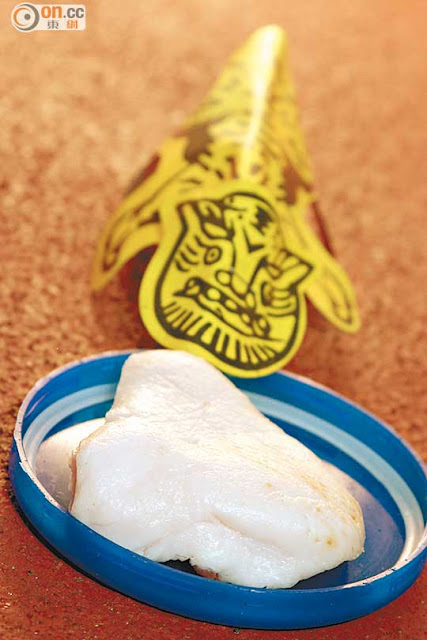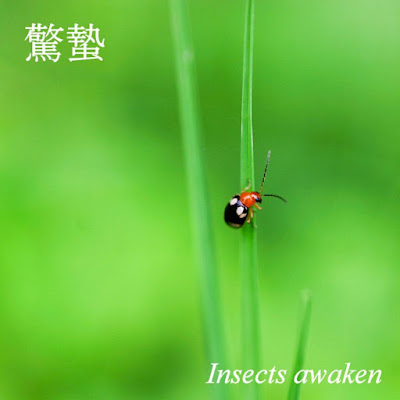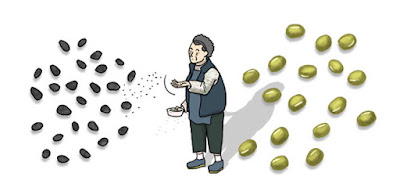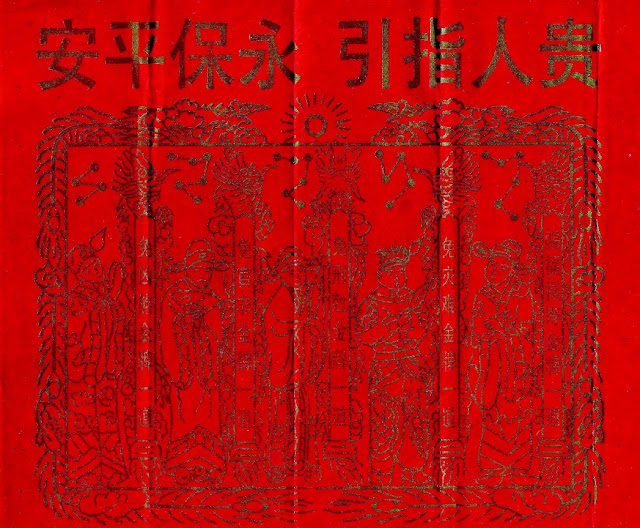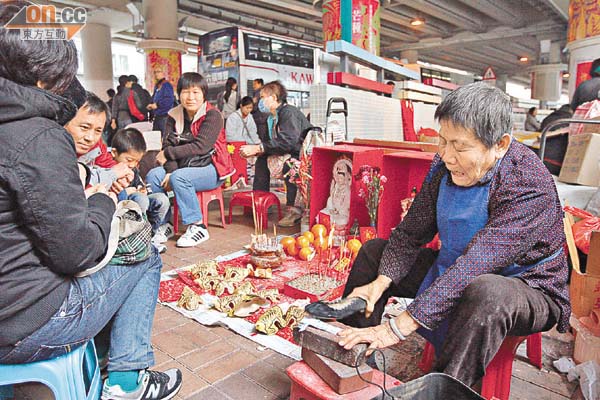 |
The Cowherd and Weaver Maiden
(Image: Original source unknown) |
The Qixi Festival (七夕節 Qixi Jie) is celebrated on the 7th day of the 7th Chinese lunar
month. Qixi (七夕)
means The Night of Sevens. It is usually
translated into English as the Double
Seventh Festival.
This festival is also known by other alternate names
including Festival to Plead for Skills
(乞巧節 Qiqiao Jie), Anniversary of the Seventh Sister (七姐誕 Qijie Dan), Daughter’s
Festival (女兒節 Nu’er Jie), and Magpie Festival
(喜鵲節 Xique Jie).
The origin of this festival comes from the story of the Cowherd and Weaver Maiden (牛郎織女 Niulang Zhinu) and is connected with Chinese astronomy. This
story is one of the Four Great Folk
Legends of China (中國四大民間傳說 Zhongguo Sida Minjian Chuanshuo)
and there are many versions of it, but the basic tale is about the star-crossed
love between a celestial maiden and a mortal man who tended cows. The Weaver
Maiden was a daughter of the Jade Emperor (玉皇大帝 Yuwang Dadi) and his wife, the Queen Mother of the West (西王母 Xiwang Mu), and the youngest of seven sisters (hence the
alternate names, Anniversary of the
Seventh Sister and Daughter’s
Festival). As a heavenly being, her job was to weave beautiful colored clouds
in the skies with her ethereal silk.
 |
Multi-colored clouds
(Image: Original source unknown)
|
Once, on a trip to the mortal world, she fell in love and
married a cowherd with whom she had two children. When the Queen Mother of the
West learned that her daughter had married a lowly mortal man, she became angry
and ordered that her daughter be brought back to the heavenly regions. As the
Weaver Maiden was forcibly taken into custody by heavenly guards, the Cowherd
used a magical oxhide to fly up to the skies with his two children to pursue his
wife.
 |
Heavenly guards take
the Weaver Maiden into custody as the Cowherd gives chase
(Image: Original source unknown)
|
As the Cowherd nearly caught up with the Waiver
Maiden, the Queen Mother of the West separated them by creating a huge river
between them. They helplessly cried out for each other as they were divided to
opposite sides of the great expanse.
 |
The Cowherd and Weaver
Maiden become separated by the Silver
River (Milky Way)
(Image: Original source unknown) |
But after time, the Queen Mother of the West
became more sympathetic, and finally decided to allow them to meet once per
year. So each year on the 7th day of the 7th lunar month, countless magpies of
the world would form a bridge over the river (hence the alternate name, Magpie Festival) so that the Cowherd,
Weaver Maiden, and their two children could be reunited.
 |
A bridge is formed by
magpies over the Milky Way to reunite the star-crossed lovers
(Image: Original source unknown)
|
 |
The Cowherd and
Weaver Maiden are reunited for just one night
(Image: Original source unknown) |
 |
The Cowherd, Weaver
Maiden, and their two children are joyfully reunited
(Image: Hillfox Art Series) |
In some versions of the story, it is the Jade Emperor
instead of the Queen Mother of the West that forbids their liaison.
The earliest known reference to this mythical tale is found
in the Classic of Poetry (詩經 Shi Jing), also known as the Book
of Songs, which is a collection of poetry dating from the 11th to 7th
centuries BCE. The festival itself has been celebrated as early as the 2nd
century BCE during the Han dynasty. The numerical significance of the lunar
date 7/7 is based on the family position of the Weaver Girl as being the
seventh daughter/sister. Because of the sincere love expressed in this tale,
the festival is also informally known in modern times as Chinese Valentine’s Day (中國愛情節 Zhongguo Aiqing Jie).
If we study the night sky, the Cowherd is represented by the
star Altair which is the brightest
star in the constellation Aquila and the twelfth brightest star in the night sky.
Its name in Chinese astronomy is Hegu Er
(河鼓二) which means Second Star of the River Drum. It is also popularly called the Cowherd Star (牛郎星 Niulang Xing).
The Weaver Maiden is represented by the star Vega which is the brightest star in the
constellation Lyra and the fifth
brightest star in the night sky. Its name in Chinese astronomy is Zhinu Yi (織女一) which means First Star of
the Weaver Maiden.
 |
Altair (Cowherd) and
Vega (Weaver Maiden)
(Image: Original
source unknown, modified by Harry Leong)
|
Their two children are represented by the stars Alshain (Beta Aquilae) and Tarazed
(Gamma Aquilae). Alshain is a star in
the constellation Aquila and its name in
Chinese astronomy is Hegu Yi (河鼓一) which means First Star of the River Drum. Tarazed is also located in the
constellation Aquila and its Chinese
astronomical name is Hegu San (河鼓三) which means Third Star of the River Drum. These two stars flank Altair, the
Cowherd Star, like children standing by their father.
 |
Alshain and Tarazed are children
who stand on both sides of their father, Altair (Cowherd)
(Image: Original source unknown, modified by Harry Leong)
|
The river
that separates the Cowherd and the Weaver Maiden is represented by the Milky
Way galaxy that appears as a glowing band arching across the night sky. In
Chinese astronomy, the Milky Way is called the Silver River
(銀河 Yin He) or the Heavenly River
(天河 Tian He).
 |
The Silver River
is represented by the Milky Way, a wide band of stars and dust clouds
(Image: Original source unknown)
|
In ancient
China,
there are many traditional activities on the day of the Qixi Festival. These
activities mainly involve single young women and vary by region. The following
list is by no means exhaustive, but includes many of the more well-known customs:
• Needlework
competitions – Young women engage in competitions of threading needles,
especially under the moon in low light conditions. The theme of weaving and
needlework is based on several aspects of the festival: the Weaver Maiden’s celestial
weaving skills; the festival takes place during the early autumn when women
start to make warmer clothes for the coming winter; the festival celebrates
romance and marriage, so single women looking for a good spouse must show off
their talents in needlework which was an important domestic skill for women in pre-modern
times.
• Handicrafts
and paper-cutting activities – Young woman partake in creating handicrafts and
paper-cutting games to show dexterity and skill because dexterous and nimble hands
were an important traditional asset of women in pre-modern times.
• Fruit
carving activities – Young women engage in fruit carving activities to show dexterous
and skillful hands, an important traditional trait of women in pre-modern
times. Fruit can be carved into the shapes of animals or flowers, or relief
patterns carved into the fruit skins.
• Placing
a needle in a water bowl – Girls play a game where they put a needle on the
surface of a bowl of water, and if the needle does not sink due to water surface tension, the girl is said to be mature enough to find a spouse. They also
observe the shadow of the needle appearing at the bottom of the bowl. If the
shadow moves like floating clouds, it means that the girl is gaining skill and
dexterity.
• Making
prayers to the Weaver Maiden – At makeshift shrines under the evening sky, young
women make offerings of incense, flowers, fruits, and feminine vanity items
like combs, mirrors, and cosmetics to pray for beauty, intelligence, a good
spouse, and acquiring the traditional skills of a good wife (hence the
alternate name, Festival to Plead
for Skills). An auspicious sign was a spider weaving its web on anything on the
shrine which was taken to mean that the Weaver Maiden is responding to the
prayers.
• Keeping
a spider in a box – Spiders, who are natural weavers, are caught and placed
into boxes and kept overnight. The box is opened the next morning, and if the
spider had weaved a cobweb inside the box, it means that the Weaver Maiden will
bless the young woman with intelligence and skills. Also, the denser the
cobweb, the more skill the woman will have.
• Hair
Washing – Girls wash their hair with water from springs or rivers on the day of
the Qixi Festival because it was believed that the water had special qualities
on this day to bestow beauty and intelligence.
•
Collecting dew water in basins – Girls collect dew water in a basin on the day
of the festival because dew water represented the joyful tears of the reunited
Cowherd and Weaver Maiden. Applying the dew water to one’s eyes and hands
bestowed intelligence and skill.
• Planting
seedlings using rice or beans
• Celebrating
the life of oxen – Children hang flowers on oxen horns to honor the ox whose
hide was used by the Cowherd to fly to heaven.
• Standing
under a fruit vine – It was said that if one stood under a fruit vine on the
night of the Qixi Festival, one could hear the whispering of conversation
between the Cowherd and Weaver Maiden in the heavens above.
• Stargazing
under the night sky to look at the Altair and Vega stars
 |
A girl threads a row of seven
needles in a needlework competition
(Image: News.cn)
|
 |
A girl threads a needle under the
evening sky
(Image: Original source unknown)
|
 |
Cartoon illustration of a young woman
praying to the Weaver Maiden Star
(Image: Feng Yincheng/Xinhua News Agency 馮印澄/新華社發) |
 |
Evening prayer ritual to the Weaver
Maiden being performed at a temple
(Image: thnet.gov.cn)
|
 |
Qixi Festival games such as keeping
a spider in a box, and placing a needle in a water bowl
(Image: Original source unknown) |
 |
Stargazing on the evening of the
Qixi Festival
(Image: Kagaya/Hoshinavi.com)
|
Some, or
most of these traditional activities are no longer practiced in contemporary China,
but the festival is still widely celebrated by couples in a manner very similar
to the Valentine’s Day of Western culture. For example, young people nowadays
celebrate the festival with a romantic dinner, flowers, and chocolates.
In Hong Kong, on the day of the festival, young women and
couples visit Lovers’ Rock (姻緣石 Yinyuan Shi) on Bowen Road in
Wanchai to burn incense and lay offerings at the rock to ask for romance and/or
a happy marriage.
 |
A couple prays at the Lovers’ Rock
in Hong Kong
(Image: Orientaldaily.on.cc)
|
Traditional
foods during the Qixi Festival include:
• Dexterity
snacks (巧果 Qiaoguo, literally skillful
fruit) - fried thin
pastries made from flour, oil, sugar, and honey
• Chinese chestnuts (蘋婆果 Pingpo Guo), also called Phoenix
Eye Fruit (鳳眼果 Fengyan Guo) or Seventh
Sister’s Fruit (七姐果 Qijie Guo)
• Noodles,
dumplings, wontons
 |
Fried snacks called Qiaoguo (巧果)
(Image: Babyhome.com) |
 |
Chinese Chestnuts, also known as Phoenix
Eye Fruit and Seventh Sister’s Fruit
(Image: Original source unknown)
|
The
cultural significance of the Qixi Festival is important due to several
principles that are also relevant to modern times:
• The
eternal love between the Cowherd and Weaver Maiden reminds us about the
importance of devotion and responsibility in marriage and romantic
relationships
• Pleading for skills should be seen as
encouragement for females to continuously learn and develop intellect and skills
(not just domestic skills)
• The role
and importance of women in society should be respected
 |
A Chinese ink painting of the
Cowherd and Weaver Maiden with poetic verses
(Image: Original source unknown)
|
The Qixi
Festival is the forerunner to the Japanese Tanabata
Festival (Star Festival) and the Korean Chilseok
Festival that are based on a similar myth and background.
Text © 2015
Harry Leong





